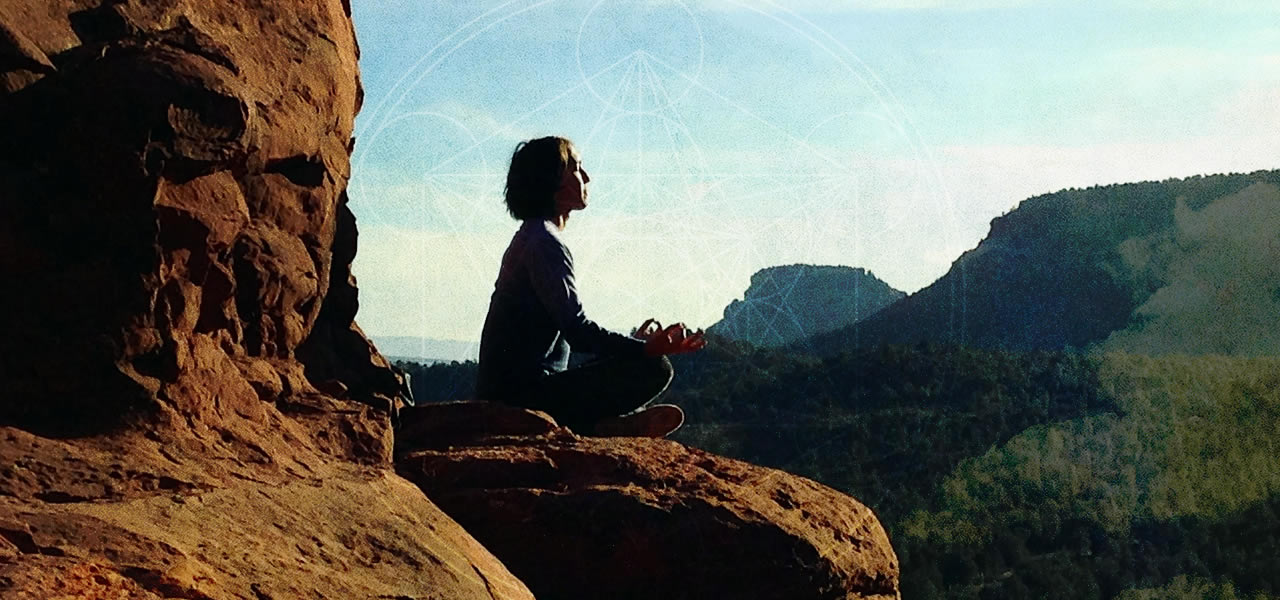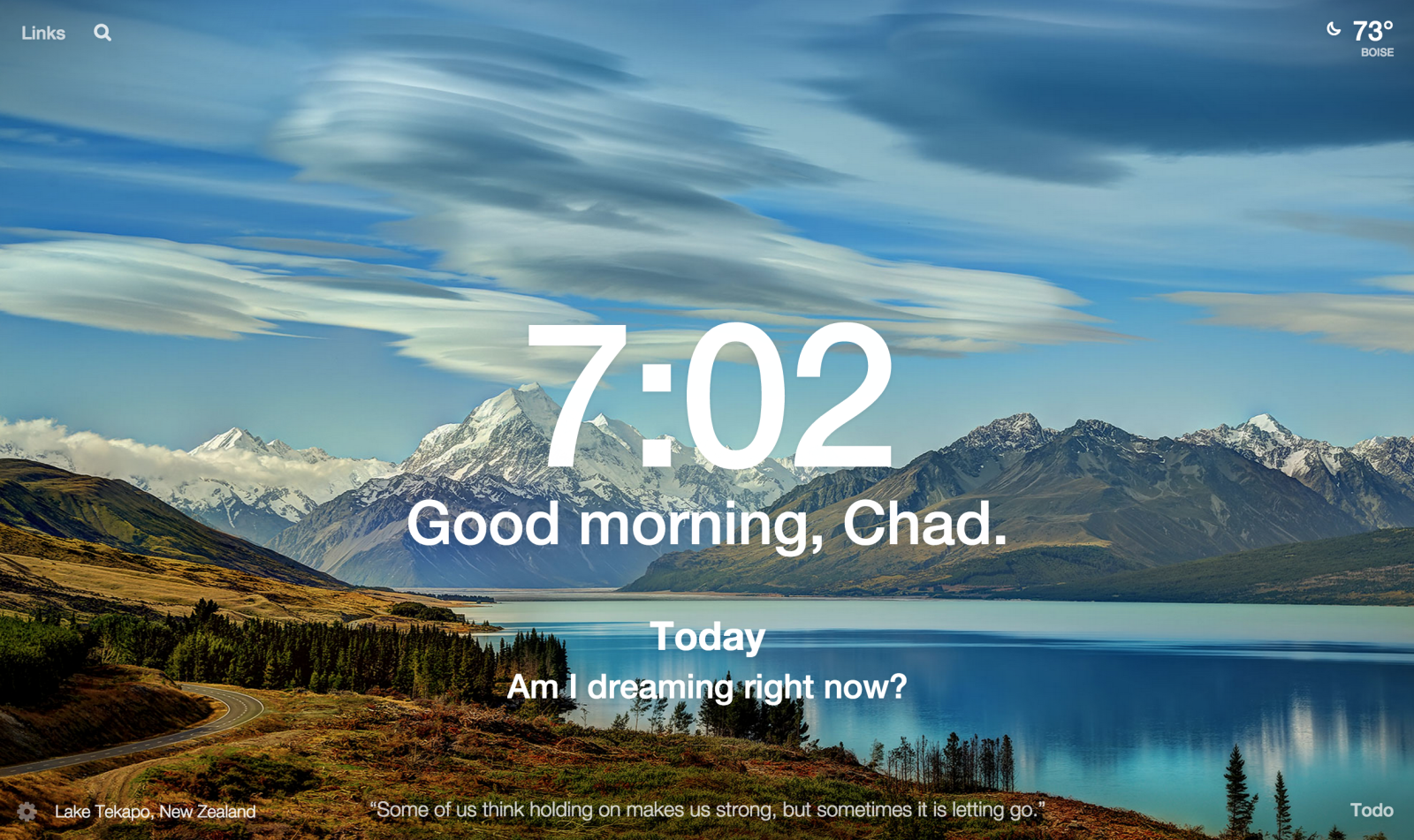Can meditation enhance your lucid dreaming practice? Let’s face it, meditation is a hot topic right now. It seems to be a common morning routine among top-performing CEOs and hot celebrities.
Meditation reduces stress, lowers blood pressure, improves brain function, helps the immune system…the list goes on and on. Most of us know of it’s numerous health benefits, so it kind of seems like a no-brainer. Is there a correlation between the practices of lucid dreaming and meditation? Let’s take a look.
Ways that meditation helps with lucid dreaming:
Improves your awareness – beneficial for dream recall
Strengthens visualization skills – excellent for visualizing becoming lucid after a reality check
Calms the mind – allows you to focus
Promotes reflective thinking – important for reality checks
Improves memory – a vital skill for lucid dreaming.
No doubt, there are many more benefits. Headspace, an app for meditation; has more information about the benefits and science of meditation.
So we’ve decided that Meditation appears to be a great complementary practice to lucid dreaming. Let’s take a closer look at what it is.
So what exactly is meditation?
Meditation is defined as a state of awareness, often referred to as ‘thoughtless” awareness.
Meditation is often associated with Spiritual practices such as Buddhism, Hinduism or other religions. Having said that, there is no need of religion for anyone to do or reap the benefits of it. In fact, many top performers (business, entertainment or otherwise) incorporate some kind of meditation practice into their daily routine.
4 simple steps to get started with Meditation
- Sit comfortably and tall.
Sit in a position so that your back, neck and head point straight up towards the ceiling.
- Relax your body.
Close your eyes and mentally relax each body part one at a time. I like to begin with my head and move down toward my feet.
- Breathe.
Pay attention to your breath. Breath naturally and mentally follow your breathe through your nostrils and into your lungs. Don’t force your breathing or try to take really deep breaths. Some like to count “one” as they breathe in and “two” as they breathe out.
- Calm your mind.
As thoughts arise, acknowledge them but allow them to float away like how a cloud might drift away in the sky. Your mind will wander. When it does, bring your focus back to your breath. Mind chatter is common and to be completely honest, this is way easier said than done. 🙂
It doesn’t really need to be any more complicated than what is outlined above.
Do some short sessions (2-5 minutes) and gradually work your way up to longer sessions. Practice often. Daily if possible. Don’t worry that you’re doing it wrong. Everyone tends to over-complicate the simplicity of the practice when they start. Start small. Create a tiny habit.
“The whole of meditation practice can be essentialized into these 3 crucial points: Bring your mind home. Release. And relax!” – Sogyal Rinpoche
Need help with Meditation?
Guess what – there’s an app for that. A few actually.
Personally, I like to use calm. There is both a website and iOS application that you can download. On the website you can pick different session lengths such as 2, 5,10,15 and 20 minutes. This app offers both guided (where a narrator walks you through the process) or timed options. There are different nature scenes you can pick from that add to the peacefulness of the meditation.
An alternative to the calm app is headspace.
Guided Meditations
I was recently introduced the the guided meditations of Tara Brach. She is an author and teacher of meditation and has an extensive online library of guided meditations and talks: https://www.tarabrach.com/guided-meditations/
Meditation and lucid dreaming are complementary practices.
Once you have meditation down, you can then look at the practice of meditation while in your lucid dream….but that’s for another post.



